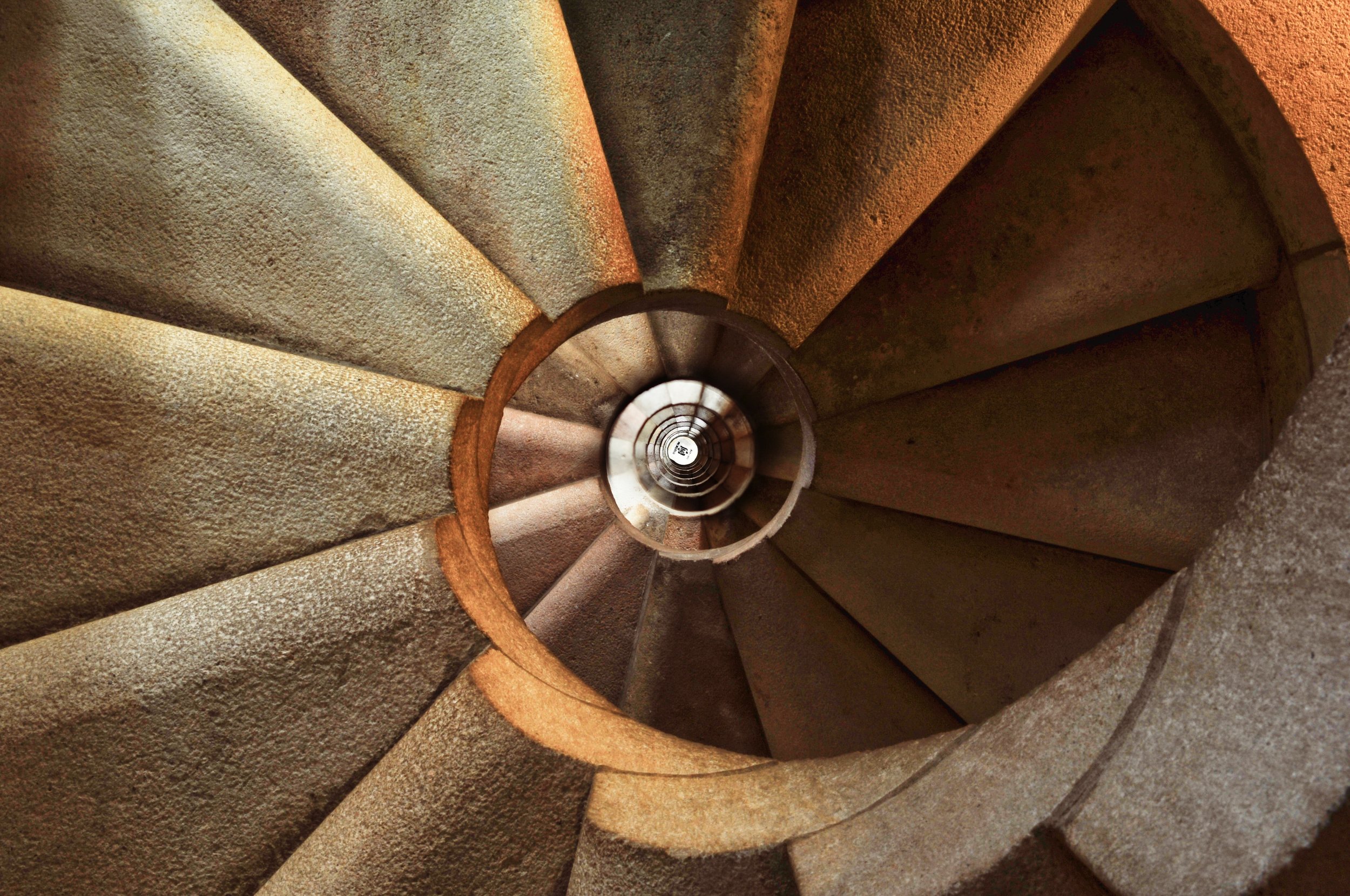By the Founder of the Enneagram School of Awakening, Lissa Friedman, PhD
The embodiment tradition began around 1998, while I was working as a psychotherapist in private practice. It occurred to me that many of my clients were getting stuck at a particular place in their process. That’s not to say that it was the same for each person, but the threshold seemed to be energetically similar across clients. They could release or transform so many aspects of their conditioning, but were unable to go beyond a certain point. For each person this threshold seemed to challenge an intrinsic part of their identity. This was especially clear to me because I had my own internal knot with which I was grappling.
That’s when I thought of the Enneagram. From 1986 to 1995, I’d studied in the Arica School founded by Oscar Ichazo. There were many teachings, trainings, and modalities taught in the Arica school, all in service of liberation, and the Enneagram was one of them. So in 1999, I came back to the Enneagram and began expanding my learning by working with several other teachers.
By that time in my life, I’d had a few spiritual teachers and had been meditating and doing various spiritual trainings. But I was still suffering from the conditioning of old emotional and behavioral patterns. I had even had some profound experiences of awakening – of freedom and liberation. Some of those stayed around for a few months, but even then, the old patterning would return.
Facing the fixation
It occurred to me that the block people were stumbling on might be related to their Enneatype – specifically its fixation. Many of us believe we are born with the Enneatype in its free form, or essential nature. If you’ve been around babies when they are first born and during their first few months of life, you’ve probably noticed how different they are from each other from the beginning.
As children get older, the conditioning that occurs from simply being alive causes the pattern to contract and become fixated.
As a result of our conditioning, the patten (or Enneatype) becomes contracted, distorted, or fixated. It is the fixated version of the pattern or Enneatype that causes suffering. The fixation is a distortion of our true nature, but we form our identity – how we see ourselves and our worldview – around this patterning.
Letting go of identity feels life-threatening, like a kind of death. We don’t know who or what we would be if we let go of our identity. As limiting as it may be, it’s how we’ve interacted in the world and within ourselves. On the one hand, we may logically understand that it is just a pattern, and that we are more than this pattern. But when it comes to releasing it, we often feel fear and resistance. That’s because another way of understanding the patterns of the Enneagram is as defense mechanisms that have helped us interact in the world for most of our lives.
A powerful practice
I began putting together the connection between the fundamental nature of the block that people were experiencing and my growing knowledge of the Enneagram. It was at that point that I had an insight: I saw the sacredness, power, and capacity of the Enneagram. I saw the truth of the system, and I understood that if it could be embodied and shared from a deep space of awareness, it could bring liberation. I understood that if I could embody a particular pattern and actually feel the energy in my body, my body would know how to free itself of the tightness of that pattern, whether it was my own or someone else’s.
I began using this insight in my own work. By feeling into the energy of my fixation, I started noticing when I was reacting to or behaving from the tightness of the fixation, or living from the freedom of the liberated Enneatype.

